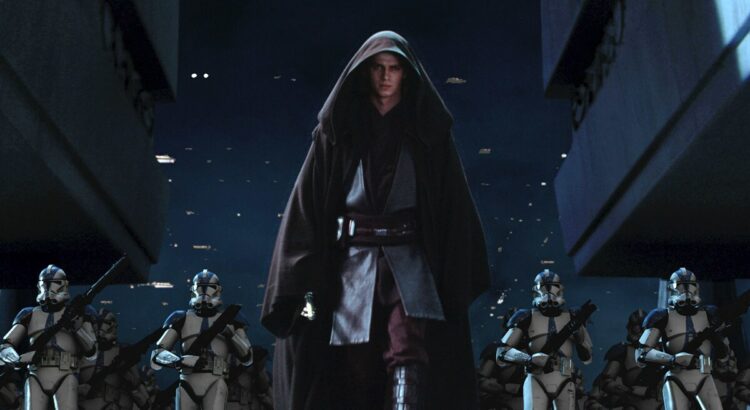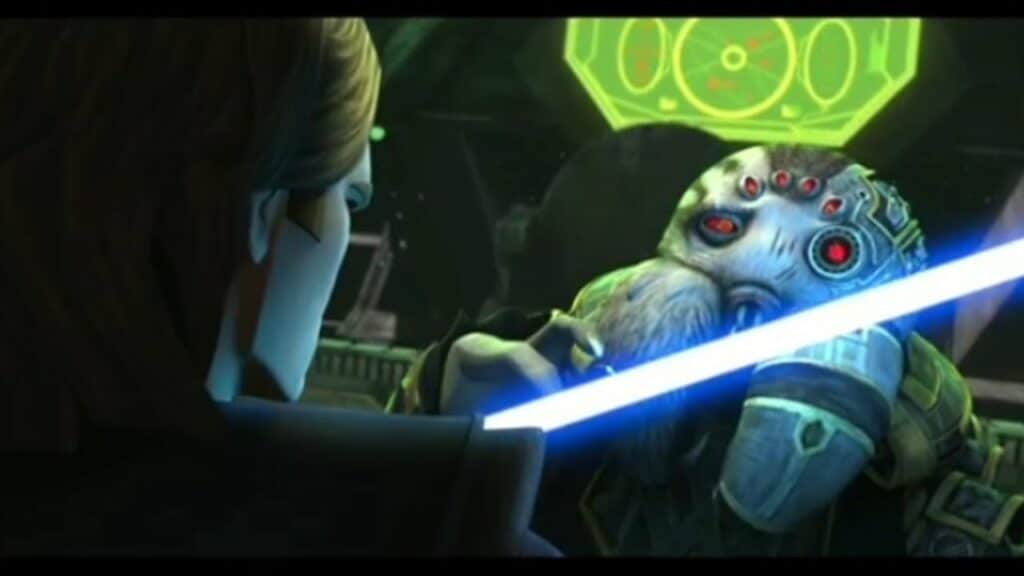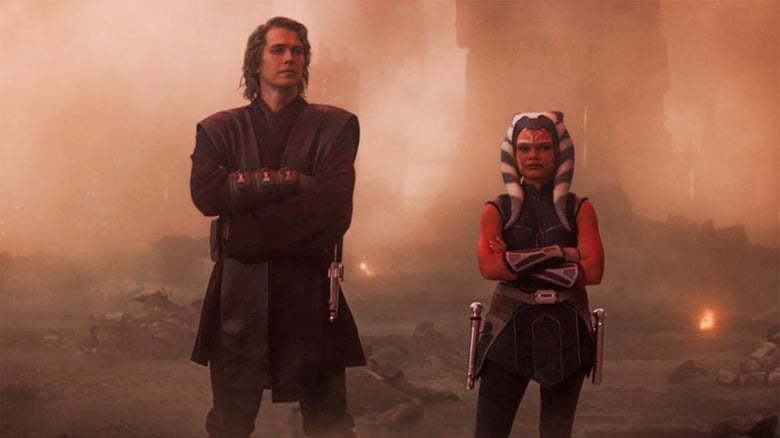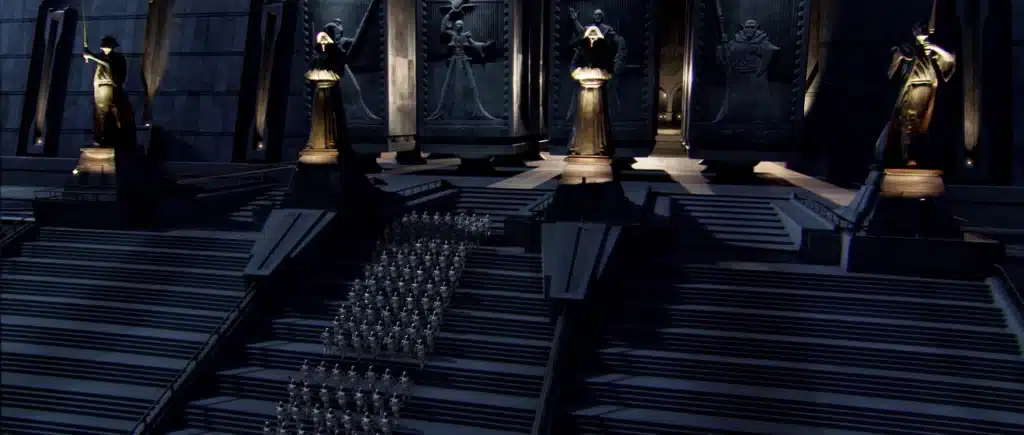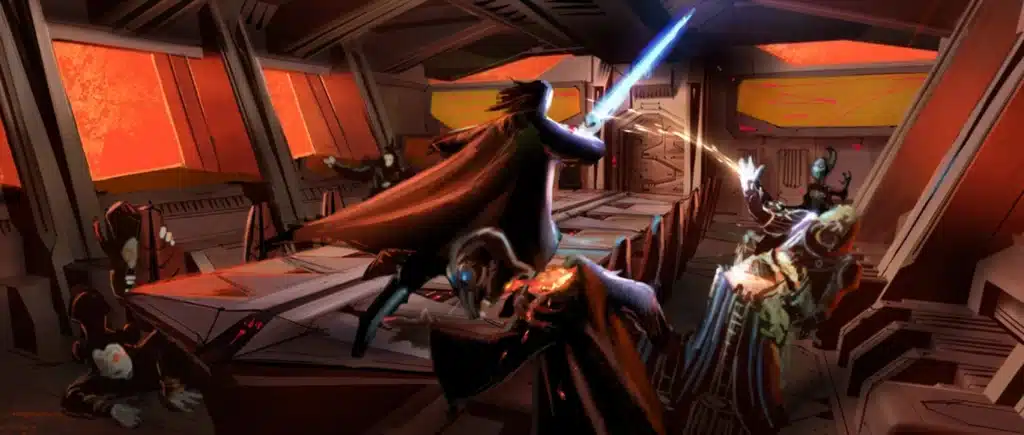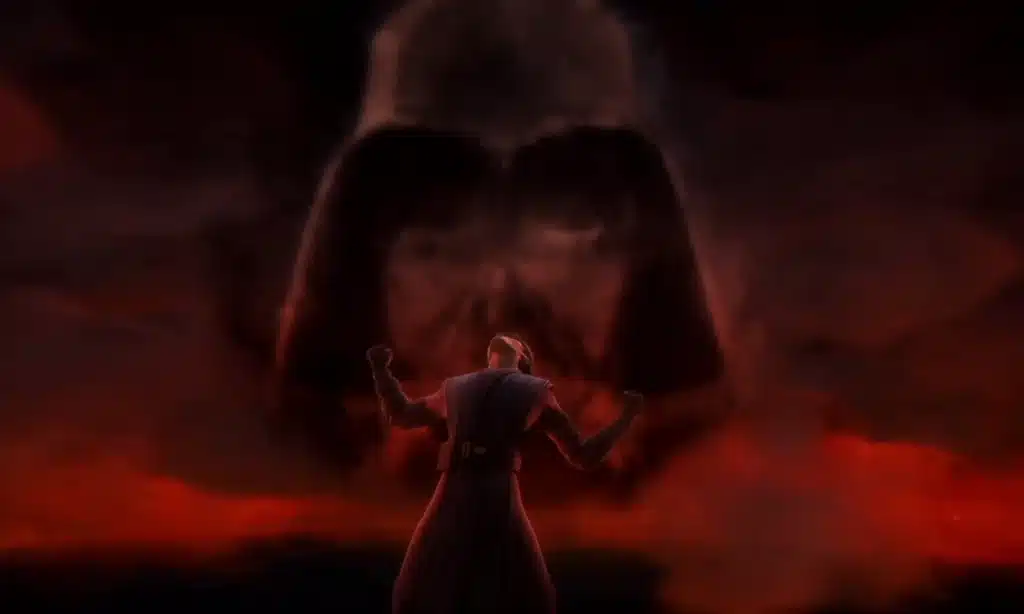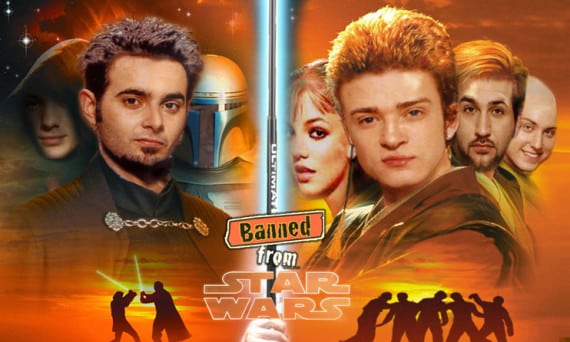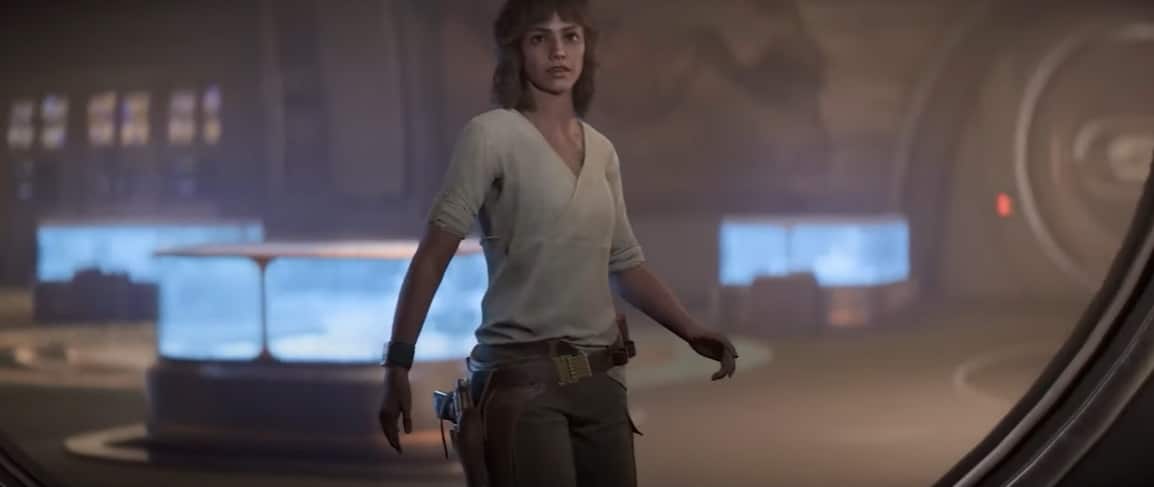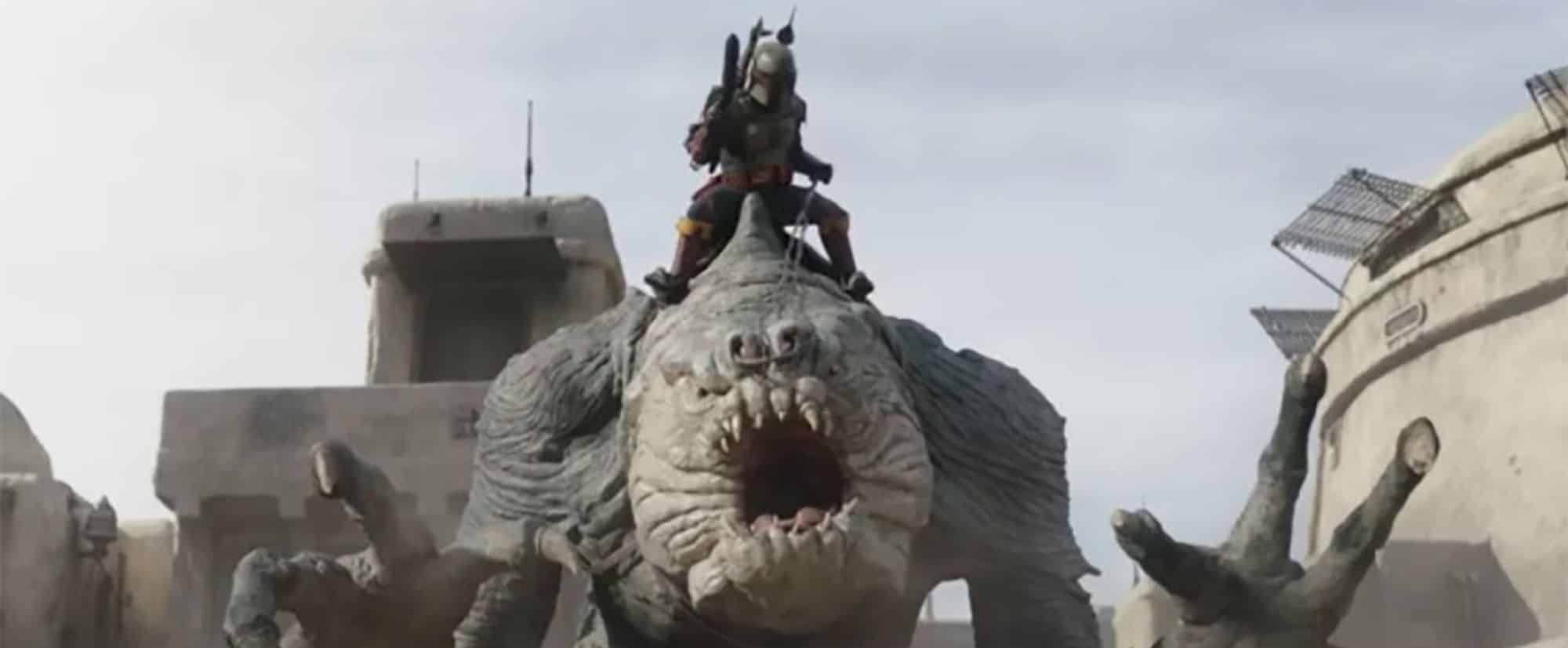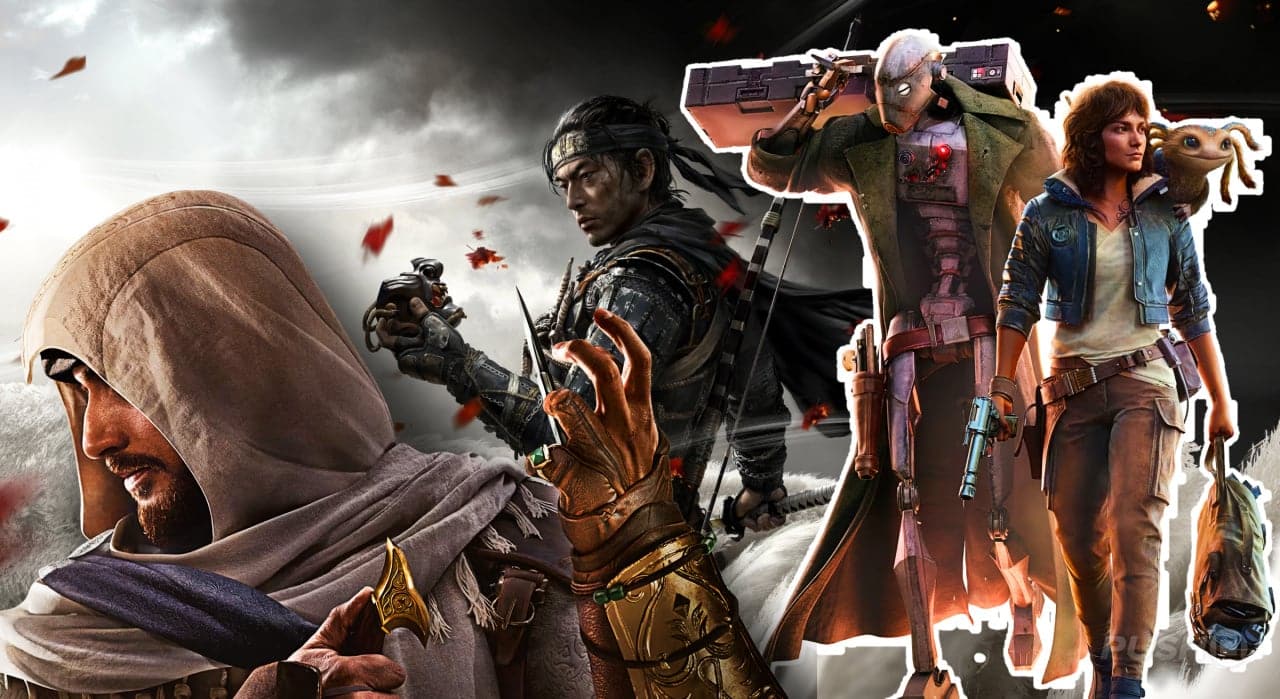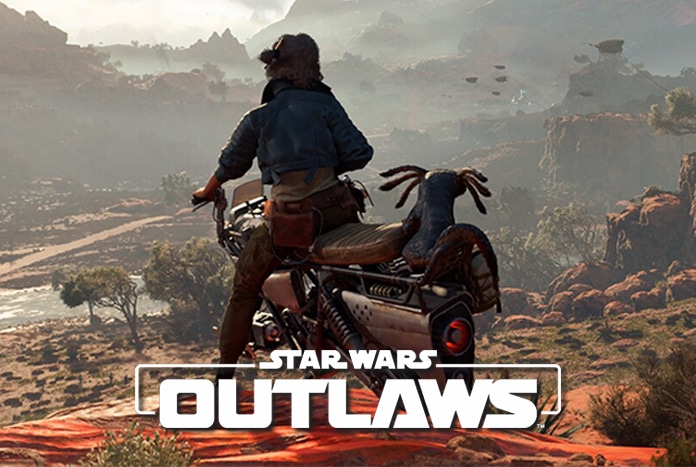When you think of Anakin Skywalker, a few things might come to mind: chosen one, podracing prodigy, and, of course, the dark, brooding Darth Vader. But let’s take a step back and explore a side of Anakin that often gets glossed over in the grand saga of Star Wars: his war crimes. Yes, you heard that right. The hero-turned-villain didn’t just fall from grace; he tumbled down the stairs, rolled through the mud, and face-planted into a pit of war crimes. So, grab your lightsaber, a sense of humor, and let’s embark on this hilariously dark journey through Anakin’s less-than-noble deeds.

The Clone Wars: A Breeding Ground for Fictional War Crimes
The Slaughter of the Tusken Raiders
We can’t discuss Anakin Skywalker’s war crimes without starting with his first big, dark turn: the Tusken Raider massacre. Picture this: young Anakin, fueled by rage and grief, discovers that his mother, Shmi, has been tortured and killed by Tusken Raiders. In a fit of vengeance, he doesn’t just kill the men. No, he slaughters the women and children too. As he confesses to Padmé, it’s less “I was angry” and more “I went full psycho.”
The moral of the story? Don’t mess with a Jedi with attachment issues.
Not only did this act showcase Anakin’s capacity for ruthless violence, but it also highlighted his growing detachment from the Jedi Code. Jedi are supposed to be calm, serene, and above all, non-vengeful. Anakin, however, took a page out of the Sith playbook here, showing that his future Darth Vader persona was already lurking beneath the surface.
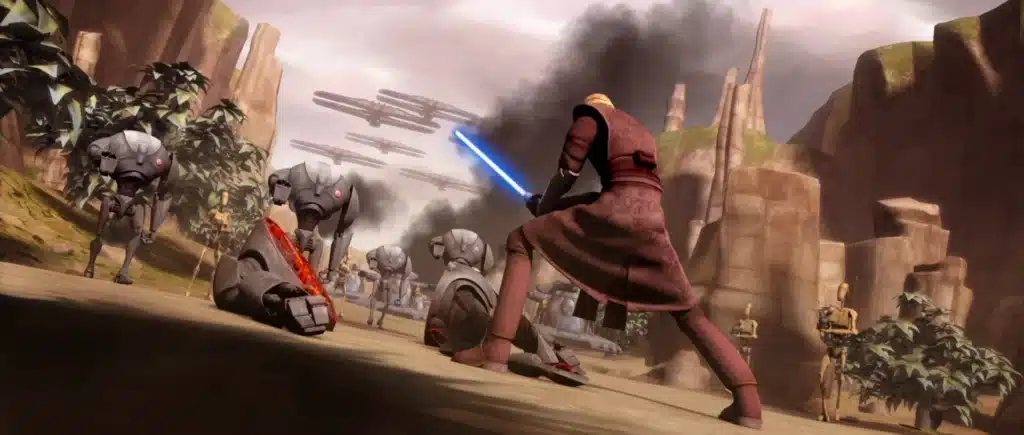
The Battle of Ryloth: When Mercy Took a Holiday
During the Clone Wars, Anakin Skywalker often danced on the edge of what we might call “acceptable wartime conduct.” In the Battle of Ryloth, he pulled a move that made us all cringe. Anakin used a captured ship filled with explosives to ram into the Separatist blockade, showing a complete disregard for any potential survivors. Sure, it was a tactical move, but Geneva Conventions much?
This particular strategy demonstrated Anakin’s willingness to sacrifice anything and anyone to achieve his goals. The sheer recklessness of sending a ship full of explosives hurtling towards an enemy blockade was not just a tactical decision; it was a blatant disregard for any form of intergalactic warfare etiquette. If there were space lawyers, they’d be having a field day with this one.
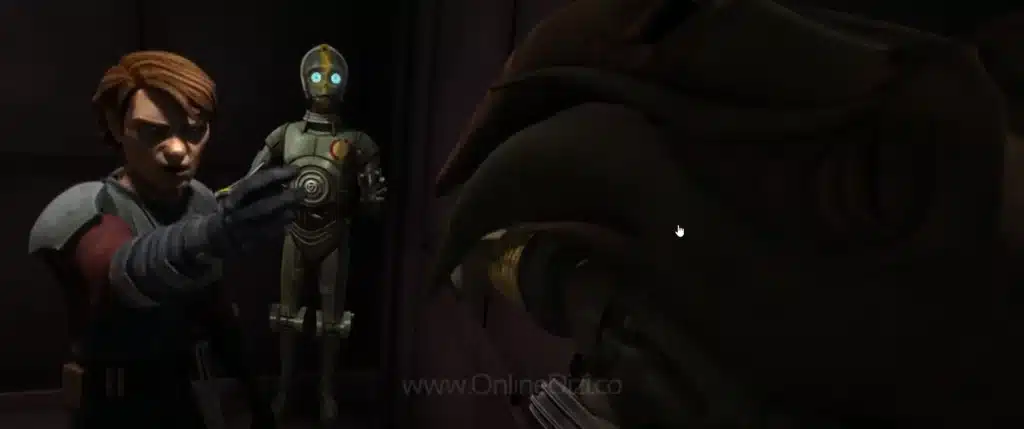
Torturing Poggle the Lesser
Anakin didn’t just dabble in murder; he also tried his hand at torture. Remember Poggle the Lesser, the Geonosian leader? In an attempt to extract information about the parasitic brain worms, Anakin resorted to some good old-fashioned choking. Let’s be real: Jedi mind tricks are cool and all, but when you start force-choking people for intel, you’ve crossed a line from Jedi Knight to intergalactic mobster.
Force-choking Poggle wasn’t just about getting information; it was about exerting dominance and instilling fear. Anakin’s transition from protector to oppressor was becoming more apparent, and each act of torture pushed him further away from the light side of the Force.
The Case of Admiral Trench
Anakin Skywalker had a flair for the dramatic, and nowhere is this more evident than in his showdown with Admiral Trench. Trench, a spider-like war strategist, was no saint. But did he deserve to be sliced and diced by Anakin’s lightsaber during a negotiation? Probably not. Anakin’s approach was less “negotiation” and more “execution.”
Imagine being in a negotiation and the other party decides to bring out their lightsaber. Talk about a hostile takeover! Anakin’s method of dealing with adversaries left no room for diplomacy, making it clear that his path was one paved with intimidation and brute force.
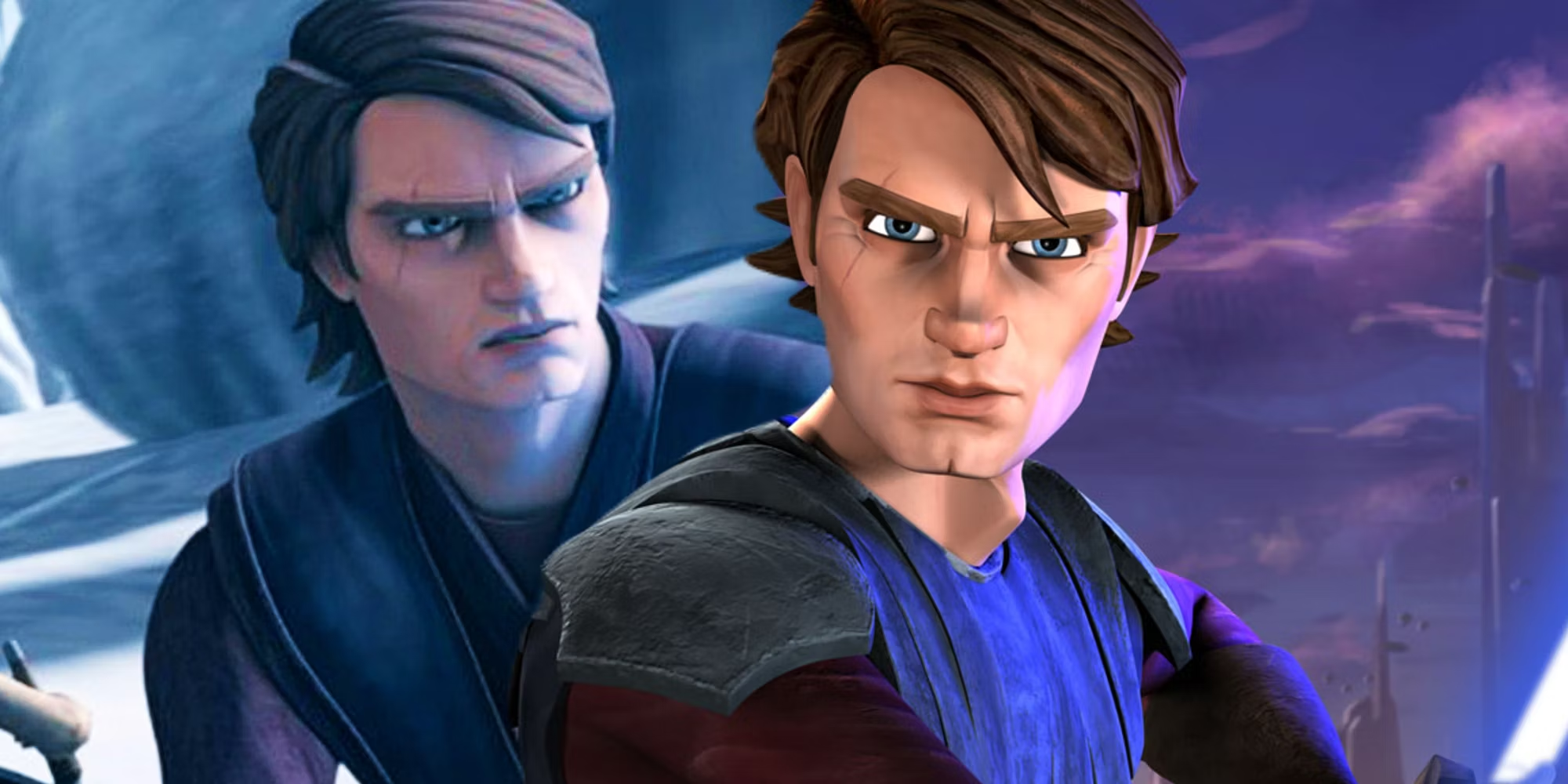
Perfidy in the Clone Wars
Perfidy is the act of treachery in warfare, and Anakin was not above using such tactics. In the Clone Wars, he occasionally used the ruse of false surrender to gain the upper hand against enemies. By pretending to surrender or negotiating under a flag of truce, he lured foes into a false sense of security before launching surprise attacks. Not exactly in line with the Jedi Code, right?
Anakin’s use of perfidy wasn’t just a breach of trust; it was a slap in the face to the very principles of warfare. By exploiting the conventions meant to protect combatants and non-combatants alike, Anakin revealed a calculating and deceitful side that foreshadowed his eventual fall to the dark side.
Transition to the Dark Side: Anakin Skywalker’s War Crimes in the Name of Peace
The Siege of Mandalore
Anakin Skywalker wasn’t always the one committing the atrocities directly, but his influence was ever-present. During the Siege of Mandalore, his apprentice, Ahsoka Tano, faced off against Darth Maul. The chaos that ensued was a direct result of Anakin’s training and, let’s face it, poor mentorship. Fictional war crimes by proxy? Add it to the list.
The Siege of Mandalore was a battleground where Anakin’s teachings came into stark contrast with the realities of war. While Ahsoka fought valiantly, the underlying ruthlessness she exhibited in battle was a testament to Anakin’s influence, proving that even in his absence, his legacy of brutal warfare continued.
Operation: Knightfall – The Jedi Temple Massacre
Ah, the pièce de résistance of Anakin Skywalker’s war crimes: the Jedi Temple Massacre, also known as Operation: Knightfall. When Darth Sidious commanded Anakin to lead the 501st Legion to wipe out the Jedi, he did so with a disturbing enthusiasm. The younglings? Not spared. This scene was less “epic Star Wars battle” and more “horror movie massacre.
The massacre at the Jedi Temple was not just a strategic move; it was a cold and calculated act of genocide. Anakin’s transition to Darth Vader was marked by the slaughter of innocents, showcasing the complete abandonment of his former self. The image of younglings being cut down is one that haunts fans and solidifies Anakin’s place as a war criminal in the annals of Star Wars history.
The Separatist Council – A Very Special Meeting
After turning to the dark side, Anakin Skywalker became Darth Vader and visited the Separatist Council on Mustafar. His greeting? A swift and deadly lightsaber strike. While the galaxy might have cheered the end of the war, it was undeniably a war crime to execute unarmed political leaders without trial. Not exactly the actions of a noble Jedi Knight or even a halfway decent Sith.
Executing the Separatist leaders was less about ending the war and more about tying up loose ends. Anakin’s transformation into Darth Vader was cemented by this act, showcasing his complete embrace of the dark side and his willingness to commit atrocities to achieve his goals.
The Expanded Universe: Anakin Skywalker’s Lesser-Known Atrocities
Mortis Arc: Playing God
In the Mortis arc of The Clone Wars, Anakin gets a glimpse of his future as Darth Vader. Here, he dabbles in god-like powers, manipulating life and death. While this might not be a war crime per se, it’s a pretty big ethical no-no. Playing god with sentient beings? That’s a galactic-level yikes.
Anakin’s experience on Mortis revealed his potential for absolute power and absolute corruption. The ability to manipulate life and death is a power that no one should wield, and Anakin’s actions here provided a chilling preview of his future as Darth Vader.
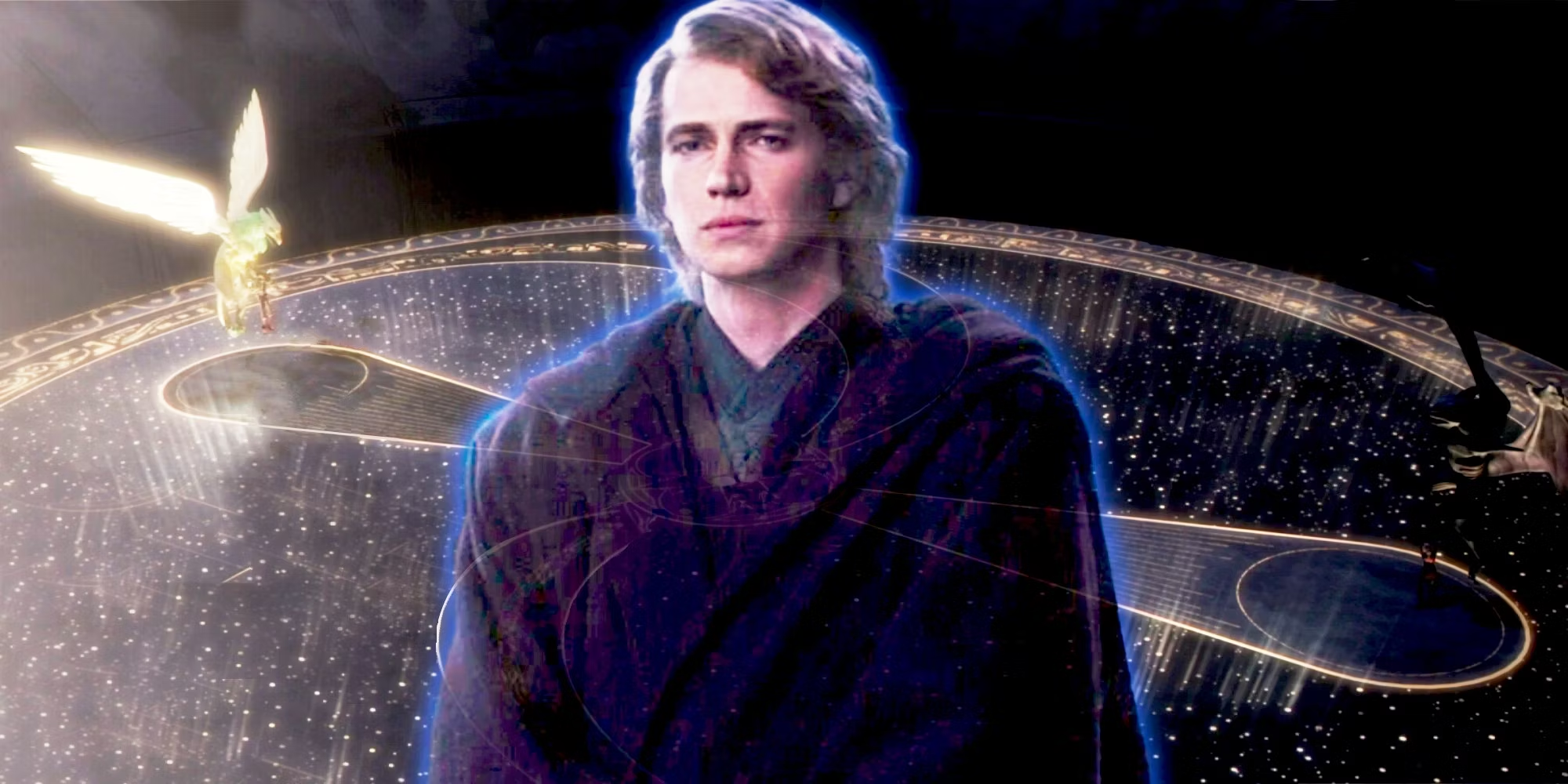
Anakin Skywalker’s Genocidal Tendencies in Comics
In the comics, Anakin Skywalker’s dark deeds continue. In one particularly grim story, he orchestrates the bombing of an entire city to flush out a single target. Collateral damage? Thousands of innocent lives. For someone who once whined about sand, he sure doesn’t mind getting his hands dirty with the blood of the innocent.
Anakin’s actions in the comics highlight his willingness to sacrifice countless lives for the sake of a single objective. The sheer scale of destruction he caused is a testament to his growing detachment from any semblance of morality or empathy.
Perfidy in Expanded Universe
Anakin Skywalker’s use of perfidy extended beyond the Clone Wars. In various comic arcs and expanded universe stories, he often employed deceptive tactics that betrayed the trust of his enemies. These actions not only contravened the spirit of honorable combat but also set a precedent for his later actions as Darth Vader.
Perfidy in the expanded universe solidified Anakin’s reputation as a ruthless and untrustworthy combatant. His willingness to deceive and betray under the guise of negotiation or surrender made him a formidable and feared opponent in the galaxy.
The Fall and Redemption: A War Criminal’s Legacy
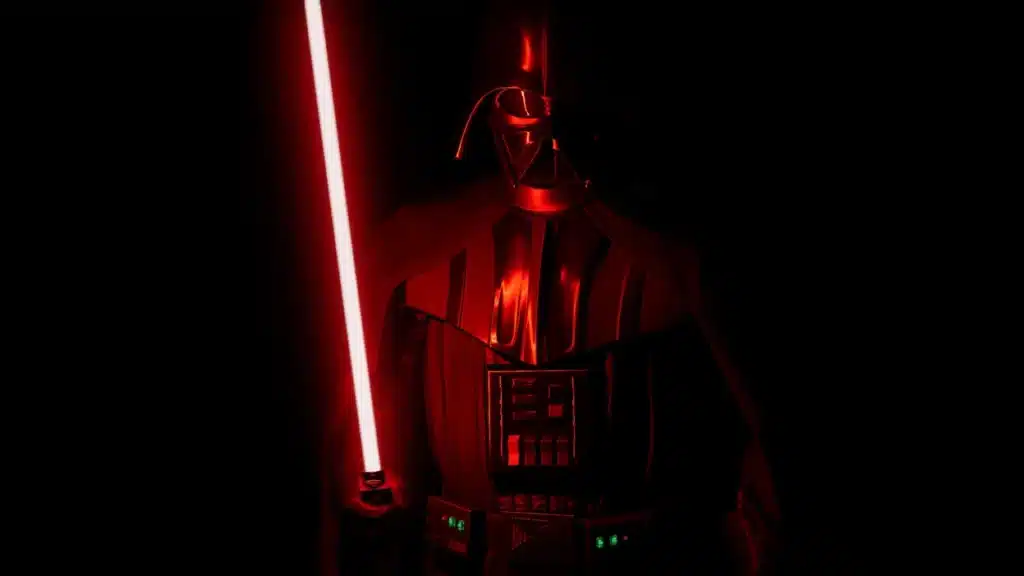
Darth Vader: Taking War Crimes to New Heights
As Darth Vader, Anakin Skywalker doesn’t just continue his war crimes; he perfects them. Torture, genocide, and planetary destruction become par for the course. Blowing up Alderaan? Check. Torturing Han Solo? Double check. Choking subordinates for minor mistakes? Triple check.
Darth Vader’s reign of terror was marked by a series of war crimes that made Anakin’s past actions look like child’s play. The destruction of Alderaan, a peaceful planet, stands as one of the most egregious acts of genocide in the Star Wars universe, and Vader’s continued use of torture and fear tactics cemented his legacy as one of the greatest villains in fiction.
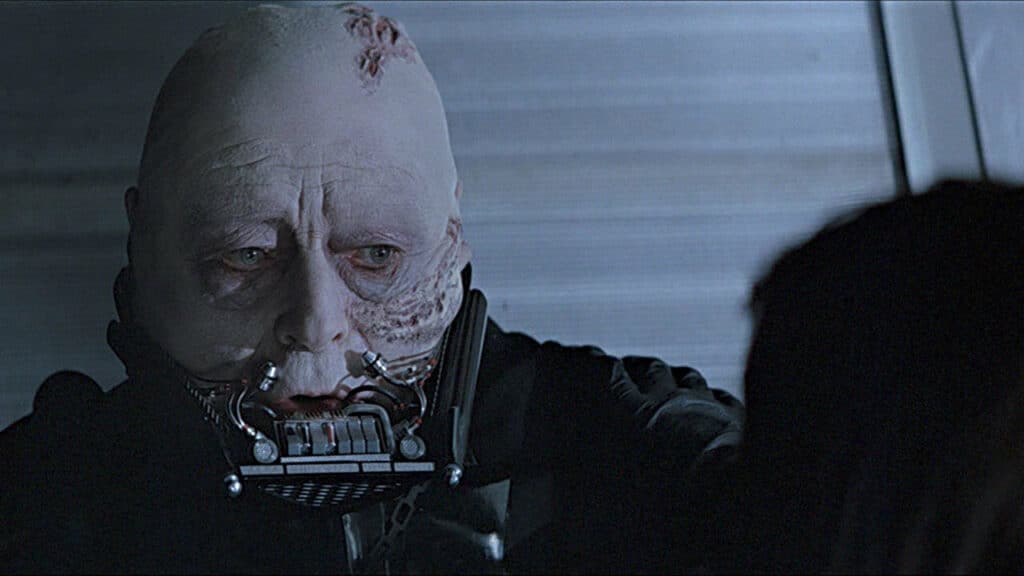
Redemption: Can a War Criminal Be Forgiven?
Despite his extensive rap sheet, Anakin Skywalker’s story ends on a note of redemption. He sacrifices himself to save his son, Luke, and destroy the Emperor. But can one act of self-sacrifice erase a lifetime of war crimes? It’s a philosophical debate that could keep the Jedi Council arguing for centuries.
Anakin’s redemption arc is one of the most debated aspects of his character. While his final act of bravery and love for his son is undeniably powerful, it raises the question of whether a lifetime of atrocities can be forgiven by a single heroic deed. This complex and morally ambiguous ending is what makes Anakin Skywalker’s story so compelling.
Conclusion: The Laughable Legacy of Anakin Skywalker
Anakin Skywalker’s journey from heroic Jedi to Sith war criminal is one of the most compelling arcs in the Star Wars saga. It’s filled with epic battles, emotional turmoil, and, yes, a lot of questionable decisions that teeter on the edge of sanity and legality.
While it’s easy to get swept up in the grandeur of his story, it’s important to remember the trail of destruction he left in his wake. Anakin was a man who loved deeply and fought fiercely, but his inability to control his emotions led him down a path of darkness and, let’s be honest, some pretty serious war crimes.
So, the next time you watch Star Wars and see Anakin Skywalker swinging his lightsaber, remember: behind those dramatic poses and intense eyes lies a war criminal with a flair for the dramatic and a penchant for the morally dubious. And while we can laugh at the absurdity of some of his actions, it’s also a sobering reminder of the fine line between heroism and villainy.
May the Force be with you, and may you never find yourself on the wrong end of Anakin Skywalker’s lightsaber.


